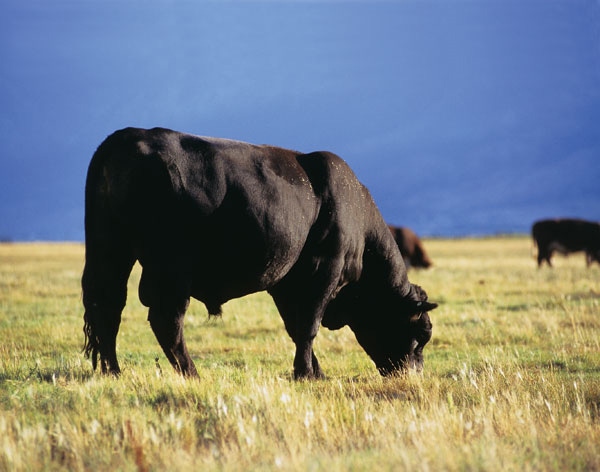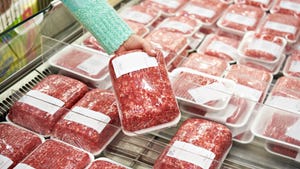$10,000 For A Commercial Bull?
February 8, 2013

This bull sale season has seen the highest prices ever paid for top-end bulls. It’s amazing to see commercial producers paying $10,000 and more for top-end commercial bulls. The strength of the top end of these bulls though is reflective of a changing marketplace.
Few in the past would have tried to justify a $5,000 premium for an above-average bull over an average bull, but it can happen fairly rapidly in today’s market. After all, a calving-ease bull that is used for four years and produces one more live calf per year can conservatively create $3,000 or more in value. Throw in an additional 20 lbs. of yearling weight on 100 calves and that adds another $3,000. Feed the cattle out and get a slight increase in carcass weight, percent Choice, and feed efficiency, and the numbers can quickly add up to another $5,000.
Factor in all the interactions that are influenced by superior genetics from better daughters, to shorter calving intervals, to more consistency, uniformity, more longevity and longer productive lives, and the value increase seems almost incalculable. Those numbers don’t even calculate price advantages associated with better genetics.
Breaking It Down: How Much Is A Good Bull Worth?
It’s true that the system doesn’t discount poor genetics enough, or reward superior genetics enough, but even in today’s tight supply situation, we’re seeing price differentials grow. As one producer remarked, “My cattle used to add $30/head in value and I got paid $15/head more. Today those cattle are adding $180 in value, and I’m being paid $50/head for that value. Are we gaining ground or losing ground?”
One thing that is for certain is that producers understand the value differences that are associated with superior genetics. Thus, they’re looking to position their operation for what promises to be a very lucrative time for the industry, and they are investing heavily in securing that future. Reading the sale averages is somewhat misleading, as prices for bulls are up on average, but above breed average bulls are up significantly, while average to below breed average bulls are actually down.
About the Author(s)
You May Also Like



